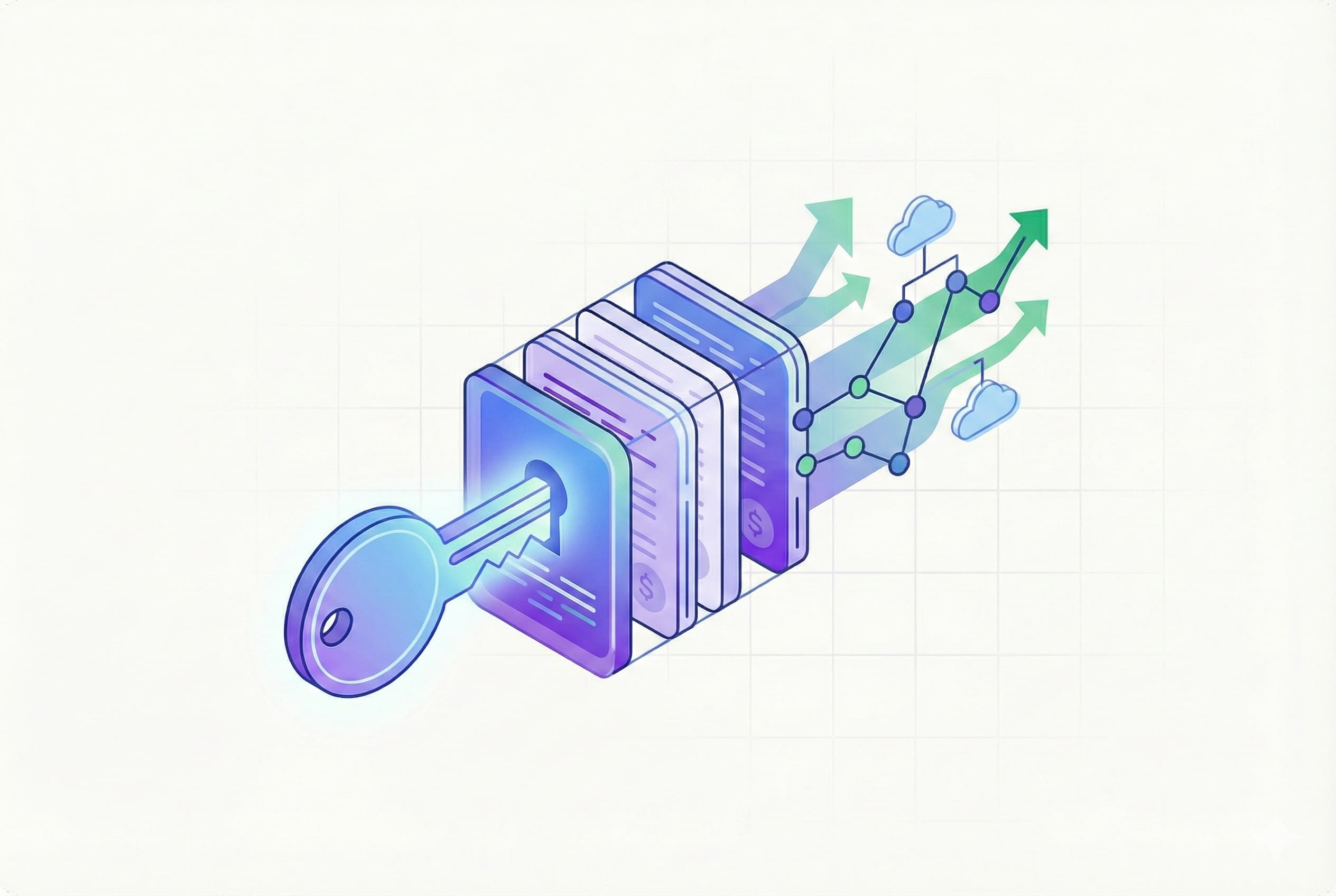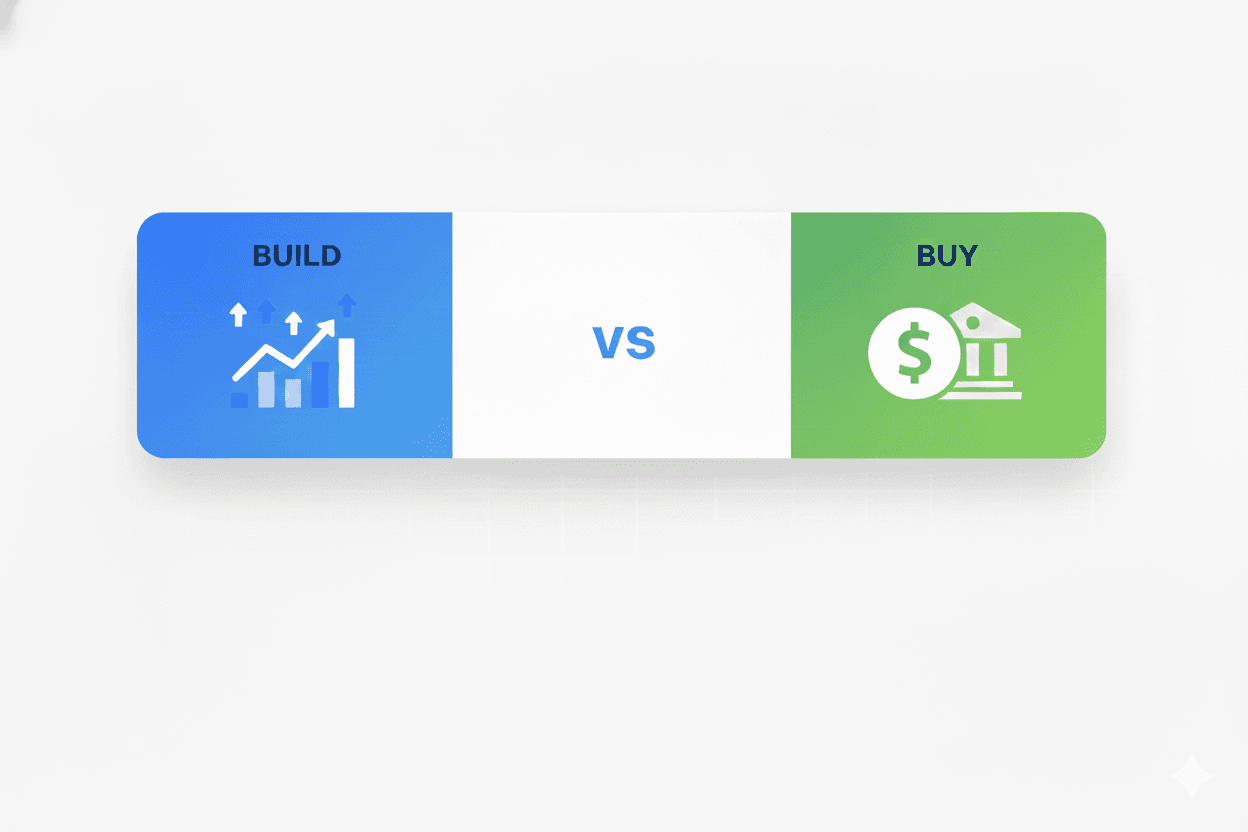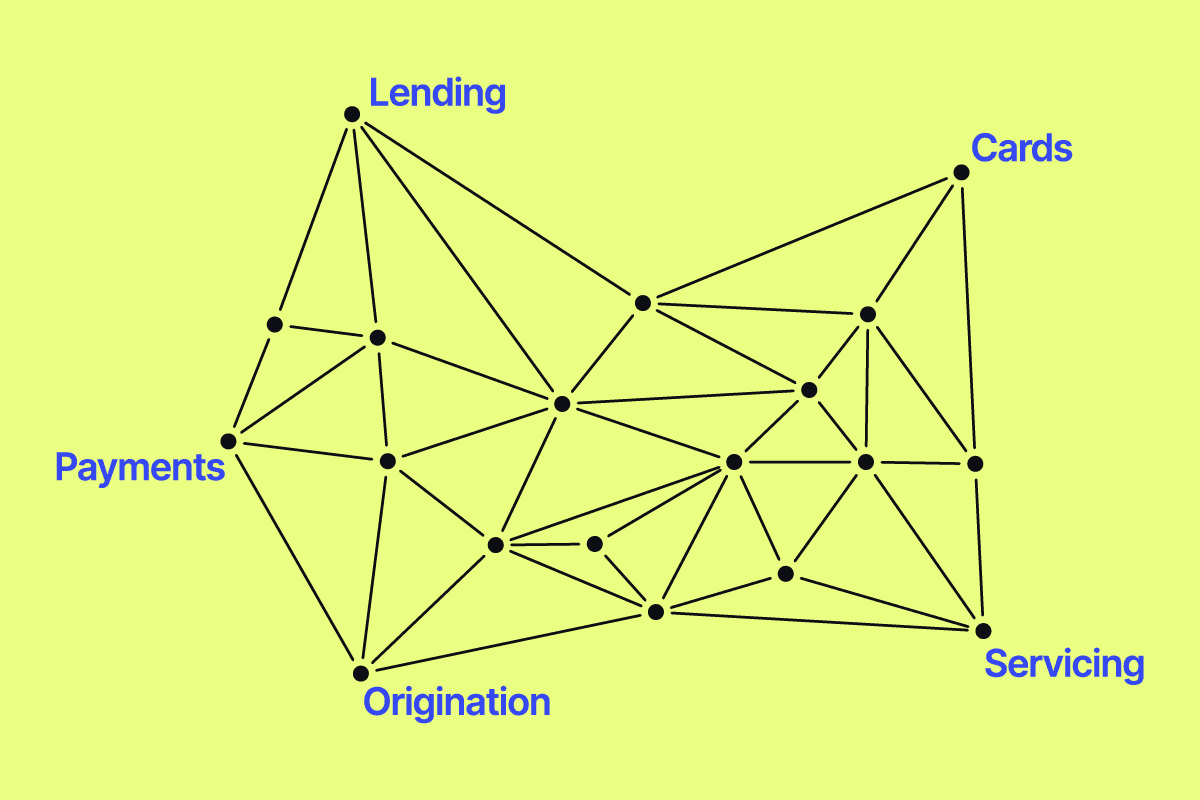Just picture some of the breakthrough B2B SaaS providers that dominate their vertical. It’s a natural fit to extend financial products that rally the traditional means, such as working capital and pay advances, to a segment of customers that already trust them.
Here are just a few that caught our attention.
-
Toast This fintech point of sale (POS) offering has built-in other services, including restaurant capital. Toast has loads of data on a business’s cash flow. This means that not only can it make a good risk assessment, but it can proactively reach out to the restaurant if it looks like it might need a loan.
-
ServiceTitan Plumbers, electricians, pest control, and other service trade workers are used to lacking administrative tools. ServiceTitan’s customer financing software offers reporting, inventory, schedules, and more. By adding integrated financing to compete with traditional home improvement loans, customers have seamless access to financing.
-
Outgo With a focus on the freight industry, Outgo processes invoices through its vertical software. This means they have vast amounts of data on the businesses using their platform and those businesses’ financial health. Like Toast, Outgo can anticipate things like a customer needing a loan.
Vertical SaaS Platforms vs. Traditional Lending Products
Horizontal SaaS platforms like Salesforce, Quickbooks, and HubSpot get a lot of attention. In part, because these well-known players sell a specific product to a large audience. Vertical SaaS, on the other hand, sells to a specific vertical and tries to help with a variety of needs for that group.
Vertical SaaS platforms have inherent advantages that allow them to win market share and unlock new market segments, especially when compared to traditional lending options for working capital.
-
Deep Knowledge of Customer Problems Vertical SaaS products are built to target a niche market and deeply understand and solve for their needs. In contrast, digital and brick-and-mortar banks are focused on the financing needs of a broader range of consumers. This allows vertical SaaS products to personalize their offerings for their customers better, reduce risk, lower acquisition costs, and offer a more compelling lending experience.
-
High Level of Built-in Customization Traditional banking products are forced to offer high customization options, as they need to accommodate the diverse needs of different users. Vertical SaaS products, conversely, are more standardized, and designed to meet the specific needs of a particular industry or business function. Naturally, vertical SaaS companies are positioned to offer a superior, more personalized experience for business models or user sets. This also makes it possible to learn from their customers faster and iterate on their lending product offerings accordingly.
-
Already Integrated with Common Tools & Systems Traditional banking products, even for somewhat niche focus areas such as equipment financing, need to offer a broader range of integrations with other tools and systems. This is because they’re designed to be part of a broader technology stack for business categories ranging from trucking to restaurants and home improvement. Vertical SaaS products may have more limited integrations, focusing on serving a specific industry or business function, but their hyper-focus may be more helpful to customers. Companies like Lendflow are making it even easier and quicker for vertical SaaS companies to stand up lending products for their customers.
How Vertical SaaS players can better utilize their data
Let’s dive deeper into some of the use cases above. Say Bob’s Restaurant initially started using Toast just as its payment system. Then, it switched its payroll system to Toast once that feature was launched, as well as invoicing for events. All of this not only gives Toast more revenue streams, but an incredibly useful data set. This visibility allows Toast to offer credit or working capital at a lower cost to Bob’s with less risk than traditional working capital solutions.
Other options would be revenue-based financing, a line of credit, installment loans, or merchant cash advances. Any and all of these make Toast a true strategic partner in Bob’s growth story, not just a vendor.
So, who’s winning the race for niche-based lending?
Although traditional banks and payment platform giants have far-reaching brand recognition, the trust factor is a crucial place where vertical SaaS can dominate. Not to mention, many SMBs are growing accustomed to integrated payments and financing options within the software they already use to run their business. Offering embedded lending for many with a strong use case, such as Toast Capital for restaurant financing, could be the ticket to disrupt the fintech giants and provide a more personalized borrower experience for those they’re already serving.
In a race between vertical SaaS players and banks offering embedded lending products to niche groups, the winners and losers will be closely watched. One thing that’s clear now, is that for vertical SaaS businesses that have found their niche market and identified a clear need for better financing options in the space, there is infinite space to grow and offer more personalized experiences.




